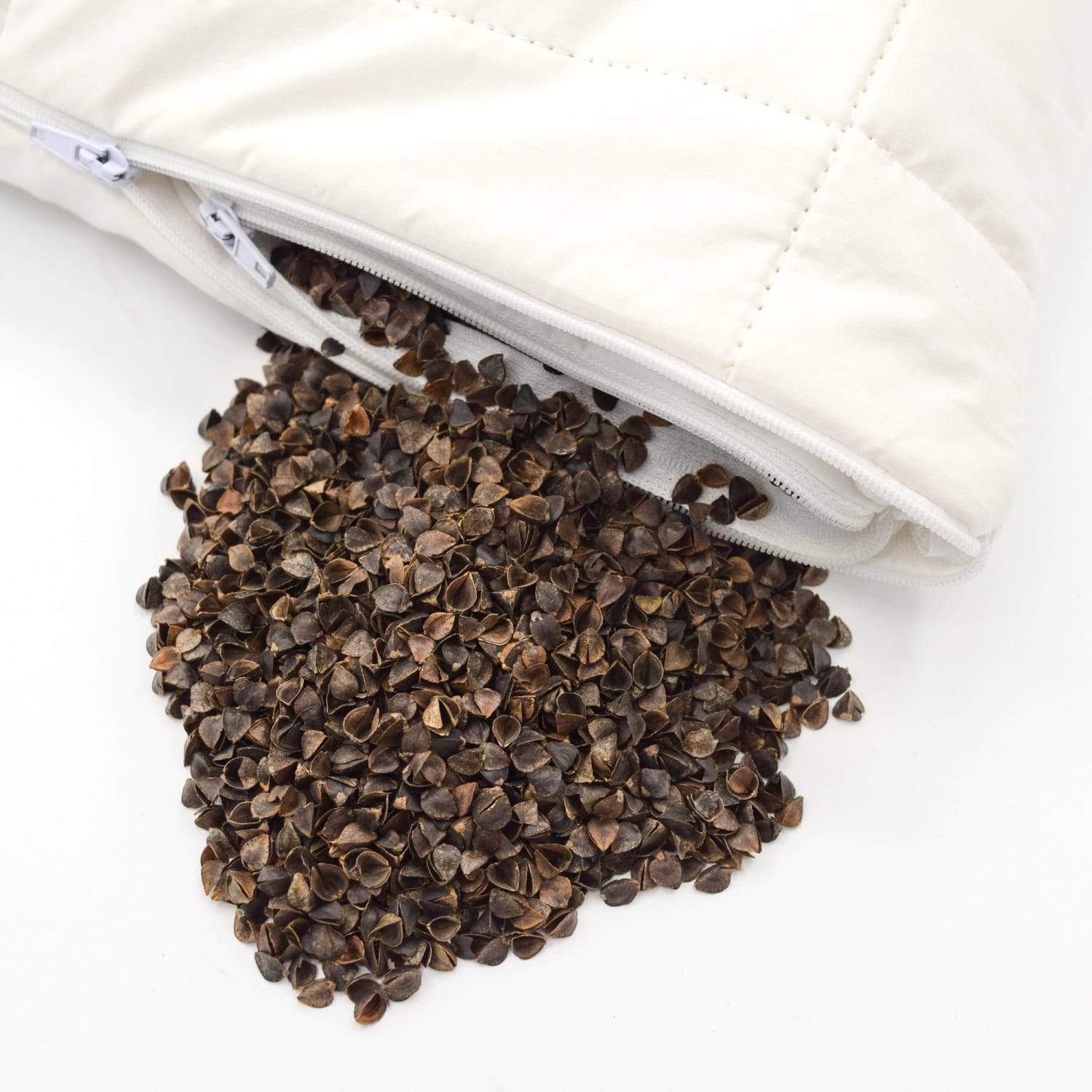I used to be one of those people who questioned friends who said they “loved running.” I just didn’t understand the appeal. It felt uncomfortable and, quite frankly, a bit boring. That was until I decided to run my first 5K. The challenge and the fact that I had never really tried it intrigued me. After I started wearing proper running gear and training, running felt entirely different and now I, too, am someone who loves to run!
If you want to lace up and take on running, you’ve come to the right place. I will share tips and tricks from professional running coaches and seasoned runners. But, before we start moving, let’s get you in the right gear!
Running Gear
Without proper clothing and footwear, you risk injury and will quit just as fast as you started. Proper running gear is not just for professionals; it’s crucial for beginners. There are stores dedicated to running gear where you will find an extensive selection of footwear, clothes, and accessories. If you are new to running, start by investing in the fundamentals - a good pair of running shoes and leggings.
Footwear

Your shoes are the most critical piece of running gear you will own. When purchasing a pair of running shoes, you need to invest in quality shoes that are designed for running. If you know a brand of athletic footwear that fits your foot and feels comfortable, look at their line of running shoes. This is your safest bet for ordering running shoes online. If you want to test out other brands, you should visit a running store and start trying them on. Everyone’s feet are different, and how your feet hit the payment will be different too. For this reason, many running stores have very generous return policies, so if you get them home and they are killing your feet, you may be able to return them.
The way your foot tends to roll is called pronation. Two types of pronation can lead to injury and should be considered when purchasing a new shoe. To see if you have one of the following forms of pronation, grab a pair of old, well-worn shoes that you have. Does one side look significantly flattened or more worn down than the other? This is likely an indication of pronation. Here are the two main types:
- Supination is when your foot rolls outward and is common for people with high arches. You may benefit from special insoles or shoes to help correct this and prevent future injuries.
- Overpronation is when your foot rolls inward and is common for those with flat feet. With additional support, you can prevent injuries. Look for shoes that offer more stability to prevent the foot from rolling in without being too rigid.
The right fit is critical. If you are shopping at a running store, ask for assistance in finding the right size.
With a lot of running, and depending on the time of day you run, your feet can swell. You want to ensure there is enough room for your toes to wiggle. Always try both shoes as feet size can differ from left to right. Jog on the spot to get a good feel for them. And don’t forget socks!
Leggings

Running clothing has come a lot way! There is a lot of engineering and technology that goes into the design. You want a material that provides a bit of compression and support while wicking away sweat. Certain materials, like cotton, should be avoided. When you sweat in cotton, it becomes wet and will irritate your skin. Instead, look for materials like a polyester blend and spandex. This will provide four-way stretch and movement while staying in place and supporting you. Leggings are a must-have for runners and are often worn under shorts and other clothes because of their ability to support and keep you dry.
Get yourself a good pair of running shoes and leggings, and you are off to the races (pun intended!).
Proper Form

Do you really know how to run? If a dog was chasing you, I’m sure you would have no problem running down the street. But, just because you can run doesn’t mean you are doing it correctly. There is proper form when running, and without it, you put yourself at risk for injury. Some of the techniques I’m about to share with you might feel a bit bizarre the first time you do it, and you may need to make a conscious effort. But, with consistent running and practice, it will eventually become natural to you.
- Look directly ahead and keep your ears in line with your shoulders. Avoid looking down or running “head first.” If you find your neck extending forward, tuck your head back so you are aligned with your shoulders.
- Pull your shoulders back and down, opening up your chest. As you get tired and push yourself, you may find your shoulders creeping up towards your ears. Shake it out, and drop those shoulders; otherwise, it could cause pain and fatigue.
- Keep your arms to your sides, bent at a 90-degree angle. You can move faster by slightly pumping your fits (chin to hip). Be sure to keep your elbows close to your side. They should not point outwards.
- Don’t squeeze your hands into tight fists. Just like the rest of your body, you need to be relaxed. Pretend you are running with an egg in your hand and adjust if you find yourself squeezing.
- Keep your core tight. You want a tall, strong core without being rigid.
- When you are running, you won’t be perfectly straight. You will have a slight lean forward that comes from your hips - not shoulders or neck.
- Have a slight bend in your knee so when your foot hits the pavement, your knee is above the middle of your foot. Also, you want to lift your foot off the ground, but no more than necessary. Lastly, ensure your knees are aligned with your hips and are not pointing out or in. Knee pain and injury are common without proper form.
- You should be pushing off the ground with your feet rather than lifting your feet with your leg. Ideally, the ball of your foot should hit the pavement first, propelling you forward. Landing on your heel or toes can cause injury.
Stretching

When you skip the warm-up and stretching, your muscles will be tight, and you won’t have the flexibility and range of motion needed for a safe run and recovery.
Before You Run
Before a run, do 10 to 15 minutes of dynamic stretching. Dynamic stretching is movements that stretch your muscles, improve your range of motion, and help you loosen up. They also increase blood flow and warm up muscles. Dynamic stretches can include leg swings, butt kicks, high knees, and jogging on the spot. Before your run, try these moves:
- Toe-touches: With feet together, extend your right leg straight out in front of you and use your left hand to tap your right toes. Lower your right leg and do the same with the opposite leg. Repeat.
- Inchworm: Stand with feet shoulder-width apart. Bend forward at your hips to touch your toes, then walk your hands into a plank. Hold the plank for 2 seconds, walk your hands back to your feet and roll up to the standing position. Repeat.
After You Run
After a run, you can feel your muscles start to tighten up. Your claves, hip flexors, quads, and hamstrings will feel the tightest. You should spend about 10 minutes stretching these muscles immediately after finishing. After your next run, try these moves:
- Calf stretch: Find the closest tree or wall and place your hands flat on it. Keep your left foot forward, and step your right foot back. Keeping your heels firmly planted, lean forward. You will feel the stretch in the back of your calf. Do 20 reps and then switch legs.
- Quad stretch: Stand tall, shift your weight to your right leg, and bend your left leg like you are kicking your butt. Grab your foot or ankle with your left hand and gently pull your foot closer to your bum. Keep your knees aligned and pelvis tucked. Repeat on the other side.
Use a hot compress for tight and sore muscles (not injured). A microwavable heating pad can help provide relief for those tired muscles. Alternatively, you can place a hot water bottle under your lower back or legs. You can also cool our cherry pit pad in the freezer if you need a cold compress for an injury.
Set a Goal

Experts recommend setting a goal and running milestones as it will give you something to work towards and help guide your training schedule. With practice and training, you can go from hating running to running a 5K! A 5k run is a great goal to set. Signing up for an official run will keep you accountable, select a target date, and can be built upon with a 10K, half, and full marathon.
There are plenty of races you can sign up for. These runs have a ton of beginners; don’t feel intimidated if it is your first time. Your local running store or running club is also a great resource to find out about future runs, and you can always count on google!
Select a race that is far enough to be attainable but close enough to challenge you. Of course, this will depend on your fitness levels, but five weeks of dedication is plenty of time to make significant strides in your running.
Establish Your Running Training Plan

Once you have the date of the big race, it’s time to create your training plan. A training plan will start slow and build up momentum. It will never be easy, and you will need to push yourself to get out there, even on those rainy days, but it does help ease you into it and prevent injury.
Different training plans are available online like the Women’s Health Couch-to-5K plan, each catering to varying fitness and experience levels. However, there are a few critical elements to an excellent running training plan:
- The run/walk ratio: When you start, you do more walking than running. With each run, the walk time is shortened, and the running stretches are lengthened. With each run, you are pushing yourself a little more.
- Run days: The run days are strategically planned and allow you to rest on off days. You can’t be a fair-weather runner if you want to run a 5K! Even if it’s raining, cool or cloudy, you need to get out there and run – unless of course it’s an off day!
- Speed doesn’t matter: On a beginner's training schedule, you won’t see anything about speed – it doesn’t matter! The point of running a 5K is just to finish it. It’s not about how fast you are running.
- Hills: Get outdoors and incorporate hills. The experience of running outdoors vs. on a treadmill is very different. Outdoors your body is navigating uneven payments and hills, which is part of the training process. If you were to only train on a treadmill, you would be unprepared for a 5K road race. By running up hills, you will build strength and challenge new muscles.
Race Day: Running Your First 5K

You’ve stuck to your training plan and are ready for the big day! To optimize your performance on the day of your 5K, there are a few things you should do. The first time I completed a 5K without stopping was the day of my run, and I attribute a lot of that to the additional prep work I put into it.
- Get your mindset right by starting your day with a brief meditation. Sit on your meditation pillow and play a guided meditation or simply monitor your breath for 5 to 10 minutes.
- Set up a motivating playlist. Music is incredibly powerful and is scientifically proven to enhance performance. Songs that empower you can help you push through when you feel like giving up. Get yourself a good pair of headphones and create a playlist.
- Use a fitness tracker. You can download many free apps on your phone that will track your route, distance, and speed. After each run, you can check your stats, including the time you ran and walked.
- Although the speed of running doesn’t matter, you will see your time go down as you start to run more than walk. Additionally, wearable trackers like an Apple Watch, Fitbit, or Garmin watch can monitor your heart rate, intensity, and contact time with the road.
- Start hydrating the day before. Make sure your body has all the hydration it needs for the run. You want to avoid chugging a water bottle right before your race because it will make you feel bloated and upset your stomach as you run.
- Eat a balanced meal with carbohydrates about 2 – 3 hours before your race and have 16 ounces of water. This will allow your body enough time to process it.
- Get a good night’s rest. Sleep is essential, so ensure you have consistently been getting 8 hours of sleep on your buckwheat pillow each night.
- Warm-up with about 10 minutes of walking and 10 minutes of light jogging. Do some dynamic stretching as well.
After your 5K, don’t come to a complete stop and collapse on the ground – even if you feel like it. Instead, keep walking and gradually slow your muscles down, ending with some stretching. Lastly, hydrate and celebrate – you did it!!






